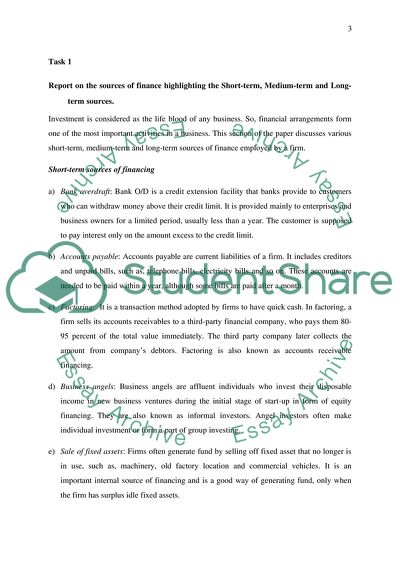Cite this document
(Managing Financial Recources and Decisions Assignment, n.d.)
Managing Financial Recources and Decisions Assignment. https://studentshare.org/finance-accounting/1828691-managing-financial-recources-and-decisions
Managing Financial Recources and Decisions Assignment. https://studentshare.org/finance-accounting/1828691-managing-financial-recources-and-decisions
(Managing Financial Recources and Decisions Assignment)
Managing Financial Recources and Decisions Assignment. https://studentshare.org/finance-accounting/1828691-managing-financial-recources-and-decisions.
Managing Financial Recources and Decisions Assignment. https://studentshare.org/finance-accounting/1828691-managing-financial-recources-and-decisions.
“Managing Financial Recources and Decisions Assignment”. https://studentshare.org/finance-accounting/1828691-managing-financial-recources-and-decisions.


